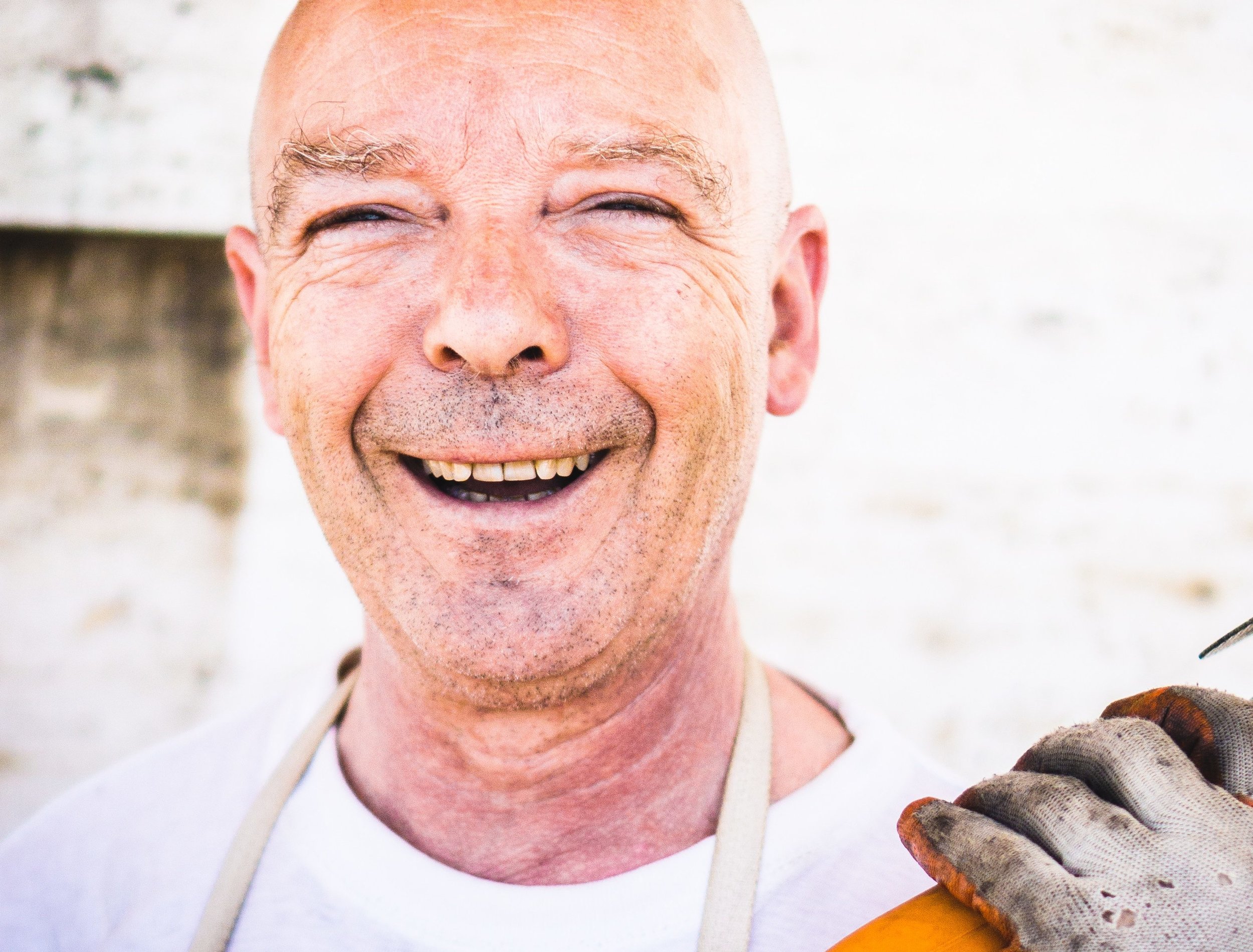Whether you’re a patient here at Regeneris Medical, just learning about our practice or simply interested in the newest game changer to the medical field, regenerative medicine can still be a hard term to grasp. An easy way to explain regenerative medicine, if your still unsure, think of a starfish. When a starfish loses an arm, a new arm grows back. Regenerative medicine ‘grows back’ damaged tissues or organs in our bodies. The promising field also gives scientists hope to grow tissues and organs in a lab to help patients seeking organ donation. According to the National Institute for Health, “as of August 2010, there were approximately 108,000 people on the waiting list for donor organs. Many of these individuals will die before a suitable organ can be found” as well as “approximately 500,000 Americans benefit from a transplant each year.” With these alarming statistics for just organ donation, regenerative medicine isn’t only a promising field for new life, it’s a necessary field to save lives.
Regenerative Medicine at Regeneris
The term ‘stem cells’ has been given a bad reputation ever since it came about. Most people associate stem cells with the umbilical cord of a newborn baby but stem cells are actually found in other locations and here at Regeneris, we focus on those other areas to better our patient’s health. The areas we focus on to gain stem cells is Adipose tissue which is loose fat that is found all over the body, mainly the abdominal area. We use two different techniques in order to collect stem cells to help the regenerative process, Platelet Rich Plasma and Stromal Vascular Fraction.
Platelet Rich Plasma (PRP) - Platelet Rich Plasma is taking a portion of the patient’s blood and through a process of centrifuging the blood, separating the red blood cells from the platelets. Once separated, the platelets are of a higher concentration and whent they’re activated, the environment created promotes crucial healing. The process of PRP has been around since the 1990’s and through the years, clinical studies have shown that these injections are of much benefit to other areas in need of repair such as the elbow, wrist, shoulder, hip or knee.
Stromal Vascular Fraction (SVF) - Stromal Vascular Fraction is a state of the art technology that entails a mini-liposuction procedure extracting the stem cells from that tissue. Once the cells are abstracted, they are then injected directly into areas of concern, typically the knee, spine or scalp. At Regeneris, our protocol yields high viable cell counts to give our patients the best possible outcome.
How the above impacts and improves patient’s
So how does Regenerative Medicine actually improve patient lives? With the amount of people dying and becoming sick each year from various disease, rejection of organs, not being able to obtain an organ or the natural wear and tear, being able to have the option to use your own body to regenerate itself is exactly how patient’s lives improve. Being able to find ways to help your body heal itself, with itself, promises for a better and healthier quality of life. There’s many diseases and illnesses out there that are only treatable by treating the symptoms (i.e. Arthritis). Being able to treat the disease itself with Regenerative Medicine offers solutions and great hope to patient’s who suffer from illness beyond repair. The National Institute for Health describes the future of Regenerative Medicine in a great way, “imagine a world where there is no donor organ shortage, where victims of spinal cord injuries can walk, and where weakened hearts are replaced. This is the long-term promise of regenerative medicine” and this is how regenerative medicine at Regeneris Medical delivers tomorrow’s healthcare, today.





